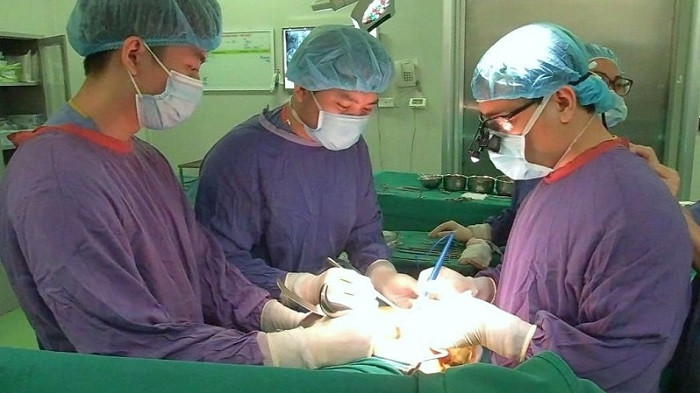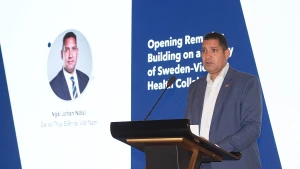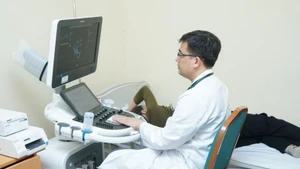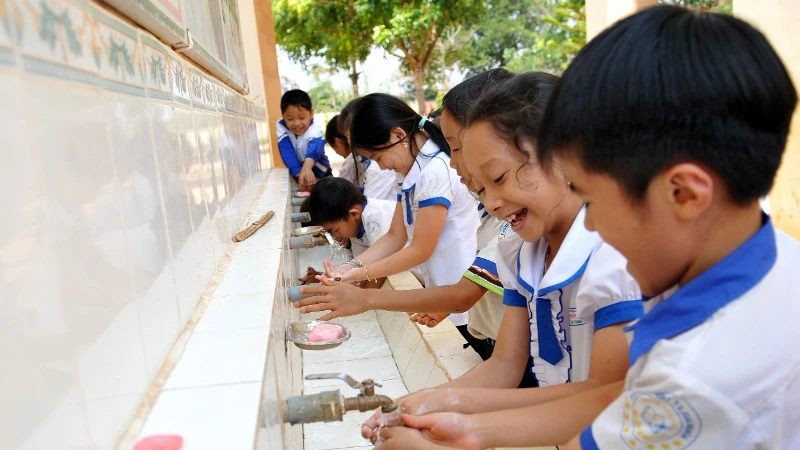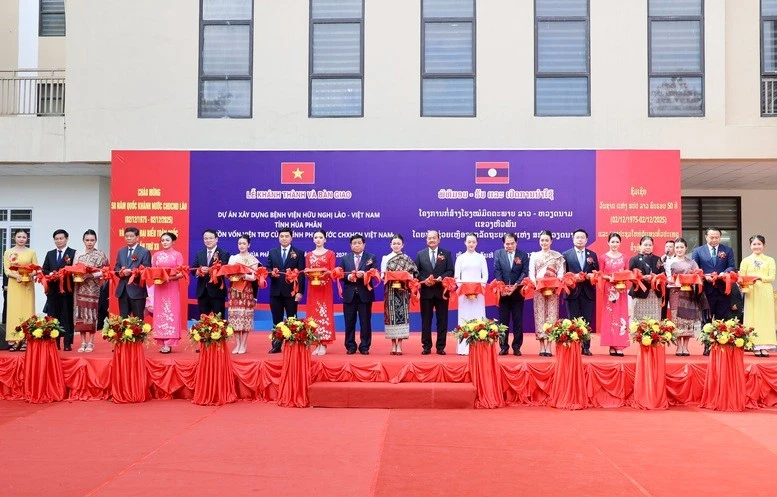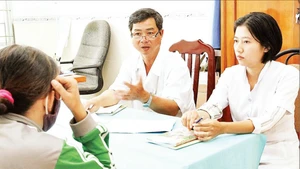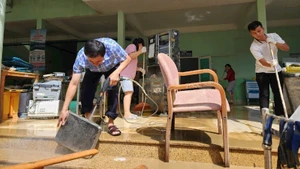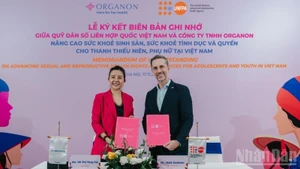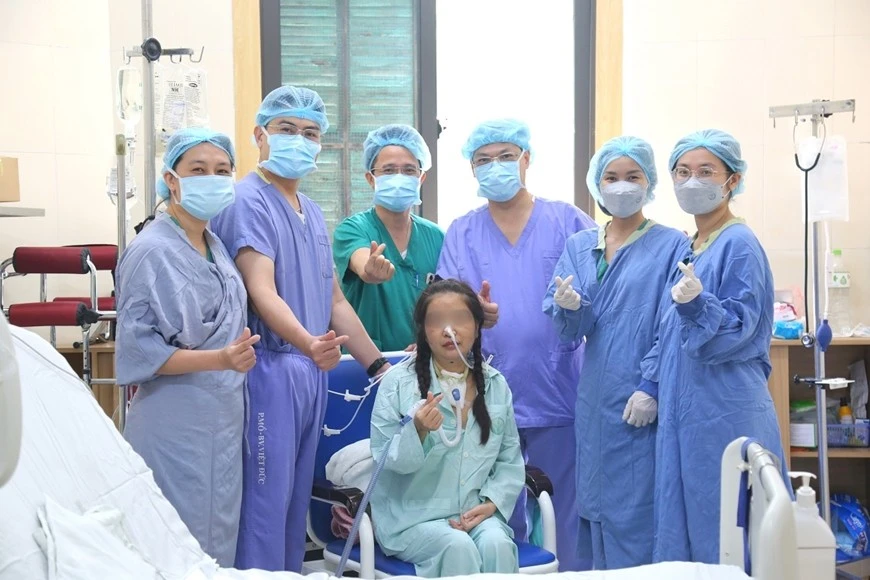The Hanoi-based facility has announced that its medical staff replaced a kidney in the 1,000th kidney transplant for D.X.T, 49, on September 28.
Associate Professor, Dr. Nguyen Quang Nghia, Director of Organ Transplant Centre at Viet Duc Hospital, said that the male patient from Hanoi had end stage chronic kidney disease in January 2020, forcing him to undergo haemodialysis three times a week at the hospital.
If no kidney transplant was performed on him, the patient would have had to undergo lifelong dialysis, with the increased risk affecting his heart functioning, as well as of infection and musculoskeletal diseases. In addition, long-term haemodialysis would also have had negative economic effects on the patient.
In fact, due to the high cost of kidney-replacing treatments, such therapy is mainly applied (80%) to patients in developed countries. Meanwhile, in developing countries, it is only 10-20%, and many patients who do not receive a kidney transplant die due to the complications of end-stage kidney failure.
On September 28, D.X.T had a kidney transplant from a living donor. This was the 1,000th kidney transplant performed at Viet Duc Hospital. The transplant was a success and took three hours.
Ten days after his surgery, D.X.T’s health was completely stable, as he awoke with normal activities resuming, thereafter being discharged from hospital to return to his daily life.
100% endoscopy applied in taking organs from living donors
According to Doctor Nghia, the first kidney transplant at Viet Duc Hospital was in 2002. Among these kind of transplants carried out at the hospital, there have been 122 from brain-dead donors (12%) with the remaining 88% from living donors.
Dr. Ninh Viet Khai, Deputy Director of the Organ Transplant Centre at the hospital added that brain-dead donors can donate two kidneys at the same time and also can donate many other organs, such as heart, lung, tendon, cornea and blood vessels to bring a new life to other patients.
The techniques used in kidney transplant from brain-dead donors have more advantages than those involved in transplants from living donors, because when taking organs from living donors, doctors must ensure their absolute safety. Surgeries on healthy persons require all organ removal must be completely accurate to avoid any complications.
While taking organs from brain-dead donors, doctors would get longer blood vessels than from living donors, thus facilitating follow-up transplants.
For living donors, only shorter blood vessels can be obtained, so for a favourable transplant, doctors must apply other options, such as switching other blood vessels for kidney transplants, as well as forming enlarged vessels for the kidneys using genital veins or artery segments preserved from the tissue bank.
Thanks to technical improvements, Viet Duc Hospital has conducted complete endoscopies to take organs from living donors, helping to reduce postoperative pain, while ensuring aesthetic factors, quicker recovery and shortened hospital stay for the donors.
The hospital has also performed many special kidney transplants such as a kidney autotransplant to save an anaemic kidney on July 20 for a Hai Duong patient, who had kidney artery blocked for up to 24 hours due to a motorbike accident.
Up until now, the hospital has transferred its technology to many provincial hospitals. Prof., Dr. Tran Binh Giang, Director of Viet Duc Friendship Hospital, assessed that the expansion of the kidney transplant network at the provincial level is also a way to attract donations from brain-dead donors, so that hospitals at all levels can understand and explain to donors’ family members why they should donate their organs.
Currently, the survival rate after five years of kidney transplantation is at 95-98%. After Phu Tho and Thanh Hoa, Viet Duc Hospital is also transferring this technology to the General Hospital of Nghe An province.
